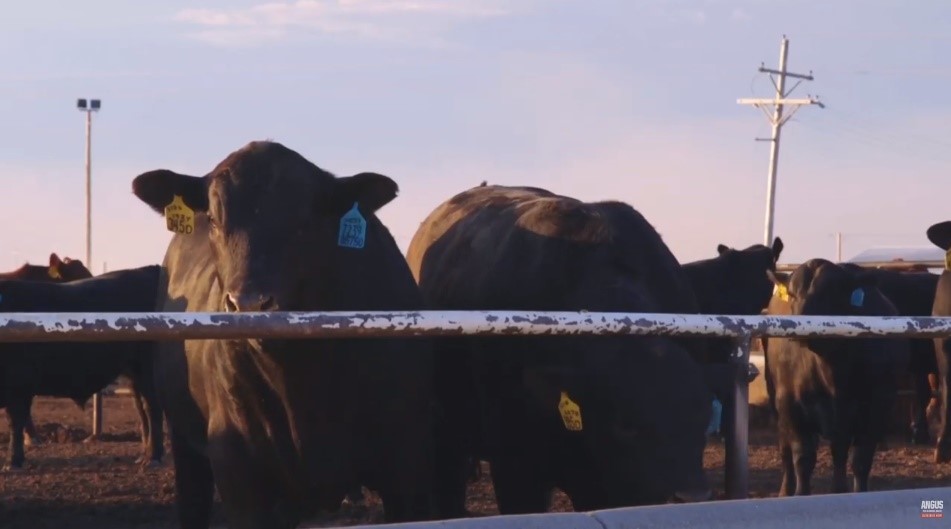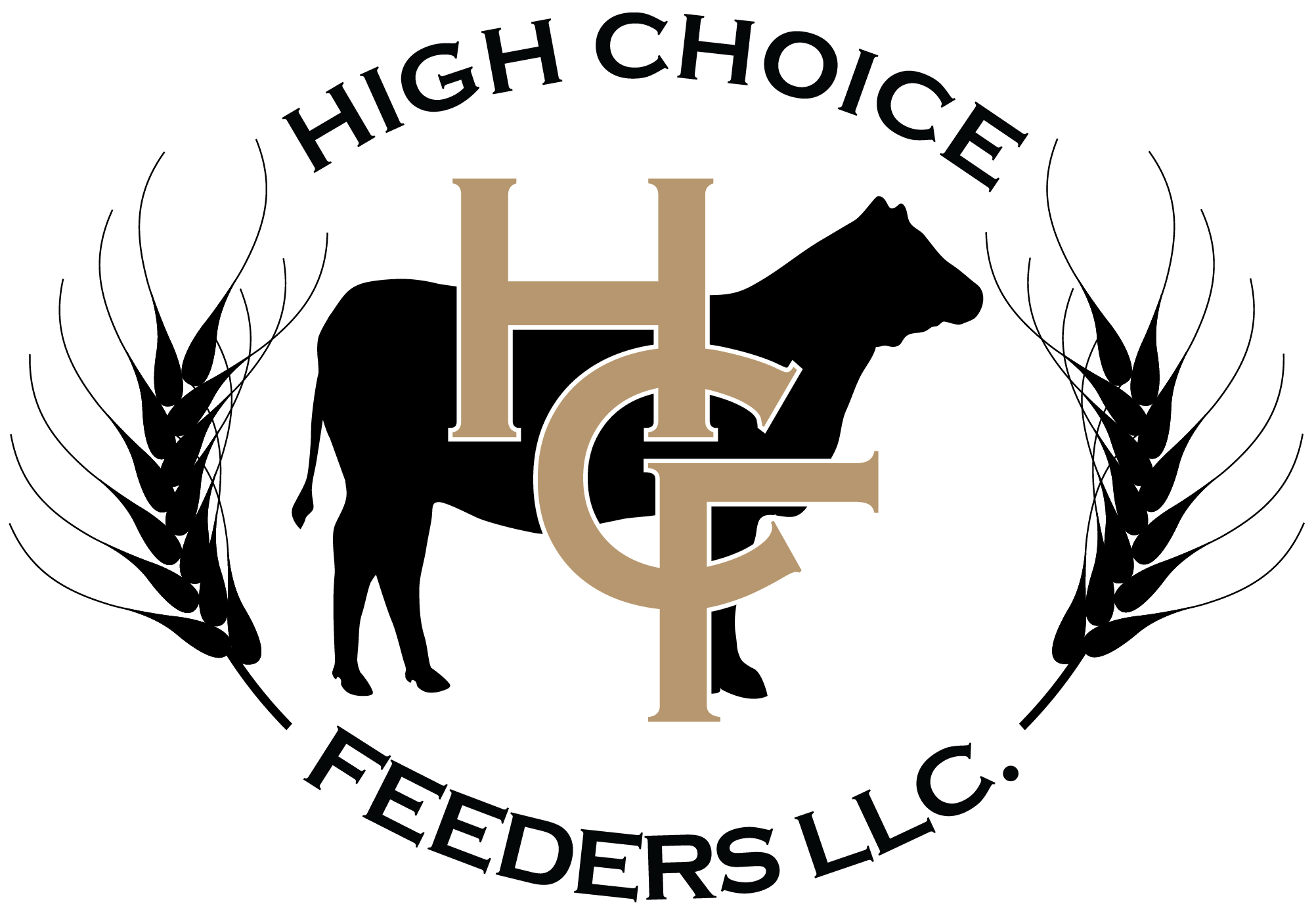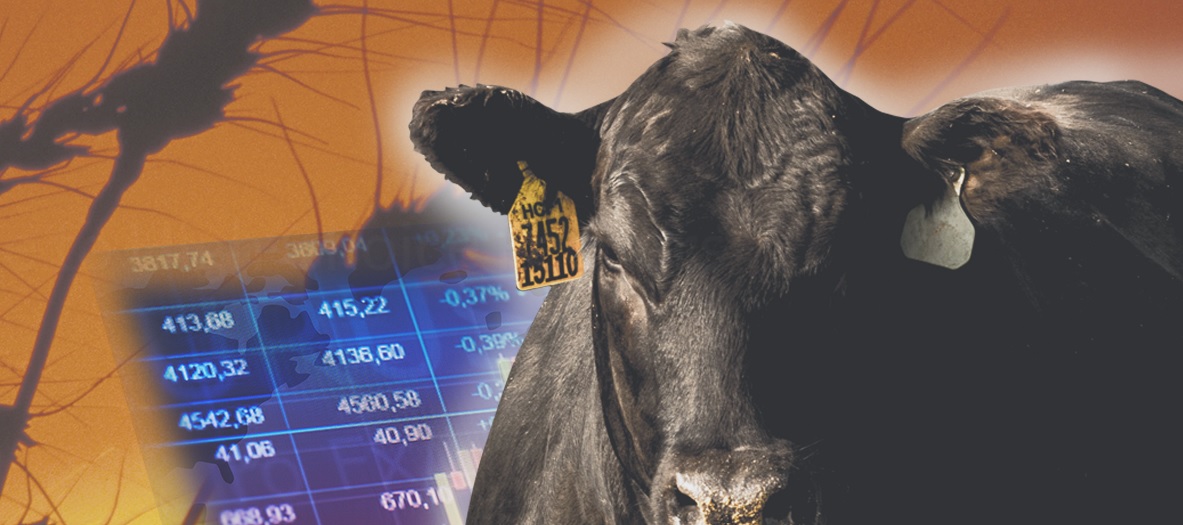
The Economics Behind High Choice Feeders
April 2, 2020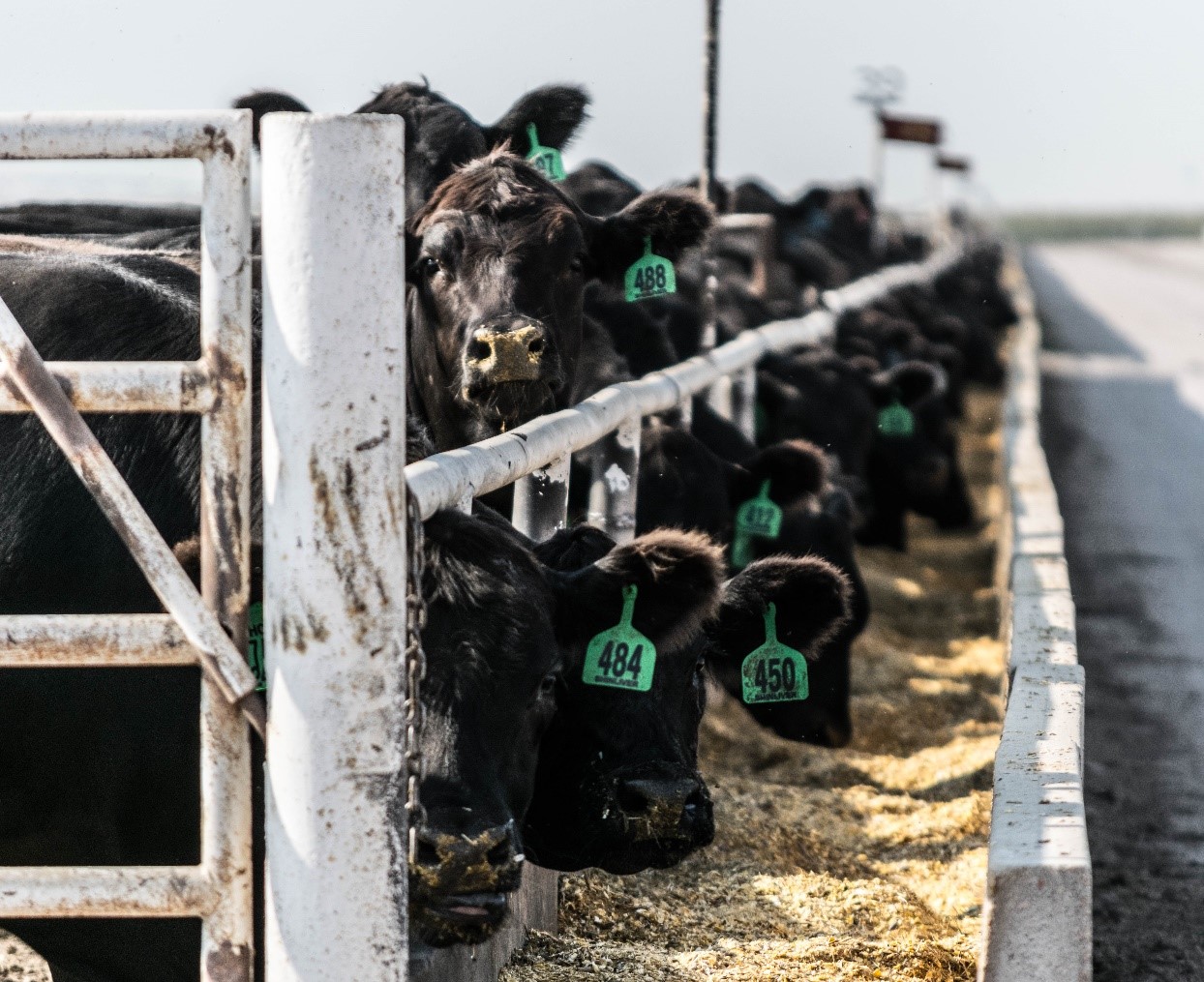
Feed of Champions
June 1, 2020The Cost of Gain (COG) is one of the primary metrics to predict cattle finishing net returns. It is primarily determined by the average daily gain and the feed to gain ration, which depend on factors like feed, nutrition, health regimen and yard management.
The feeding cost of gain is heavily influenced by feed conversion, corn prices and alfalfa prices. Research conducted by Purdue University estimates the following impacts of these factors on the feeding COG. An increase of either of them results in higher feeding COG.
- Feed Conversion ↑10% –> Feeding COG ↑$1.43 per cwt.
- Corn Bushel Prices ↑ $0.1/bushel –> Feeding COG ↑$0.87 per cwt.
- Alfalfa Prices ↑ $5/ton –> Feeding COG ↑$0.55 per cwt.
Feeder to Fed Price Ratio
The same study analyzed the Kansas feeder to fed price ration between 2009 and 2017. They found a strong correlation between cattle finishing net returns and the feeder to fed cattle price ratio. This means purchasing your cattle when the ratio is low is crucial for your financial performance.
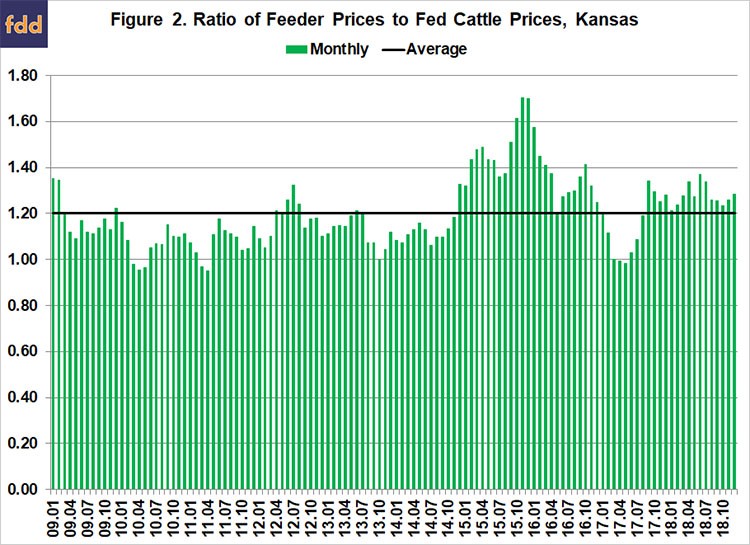
Cattle Finishing Net Returns
They additionally analyzed the relationship between net returns, feeding cost of gain and the feeder to fed cattle price ratio. Especially the timing of the cattle purchase remains a prime decision-making element. A 1% increase in feeder to fed cattle price ratio decreases cattle finishing net returns by $8.62/head.
- Feeding Cost of Gain ↑ $1 –> Cattle finishing Net Returns ↓ $3.70/head
- Feeder to Fed Cattle Price Ratio ↑ 1% –> Cattle finishing Net Returns ↓ $8.63/head
- Corn Bushel Prices ↑ $0.10/bushel –> Cattle finishing Net Returns ↓ $3.20/head
- Alfalfa Prices ↑ $10/ton –> Cattle finishing Net Returns ↓ $4.05/head
At High Choice Feeders, we have decades of experience in reading markets and maximizing the cattle finishing net returns by minimizing cost of gain. Our approach reduces risk, yet still provides high quality meat. For more specifics on how to keep the COG low, please visit the University of Minnesota Extension.
